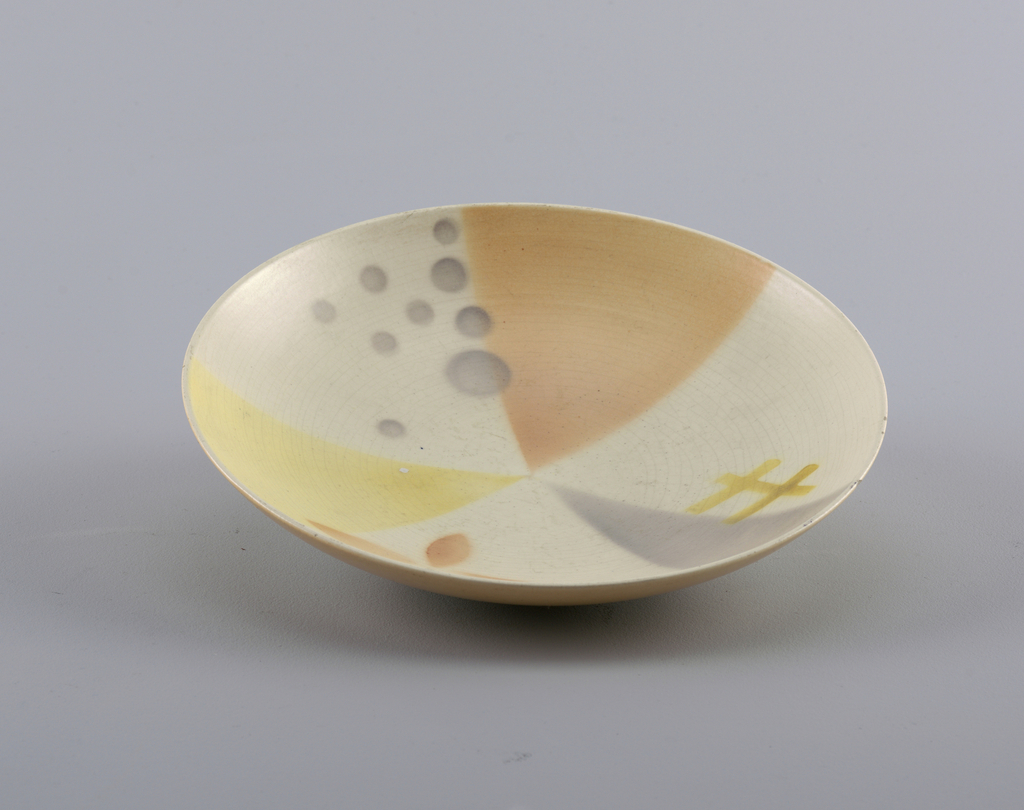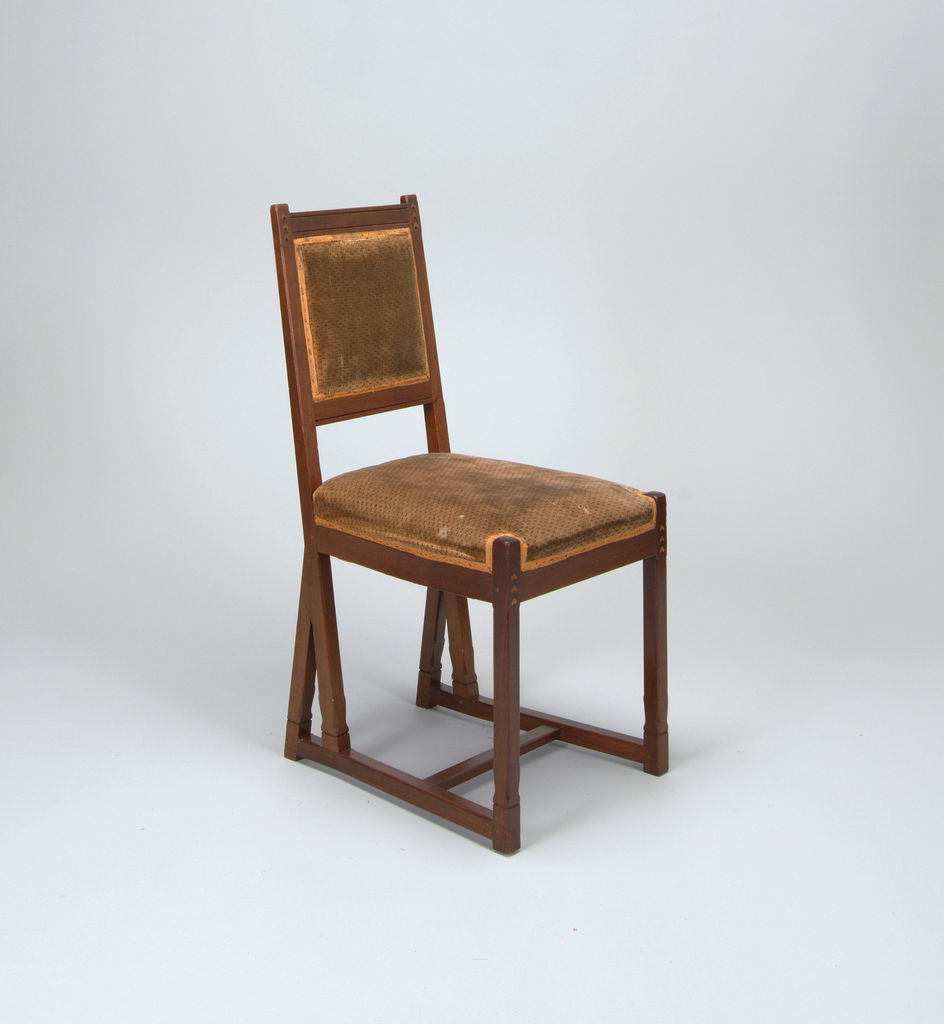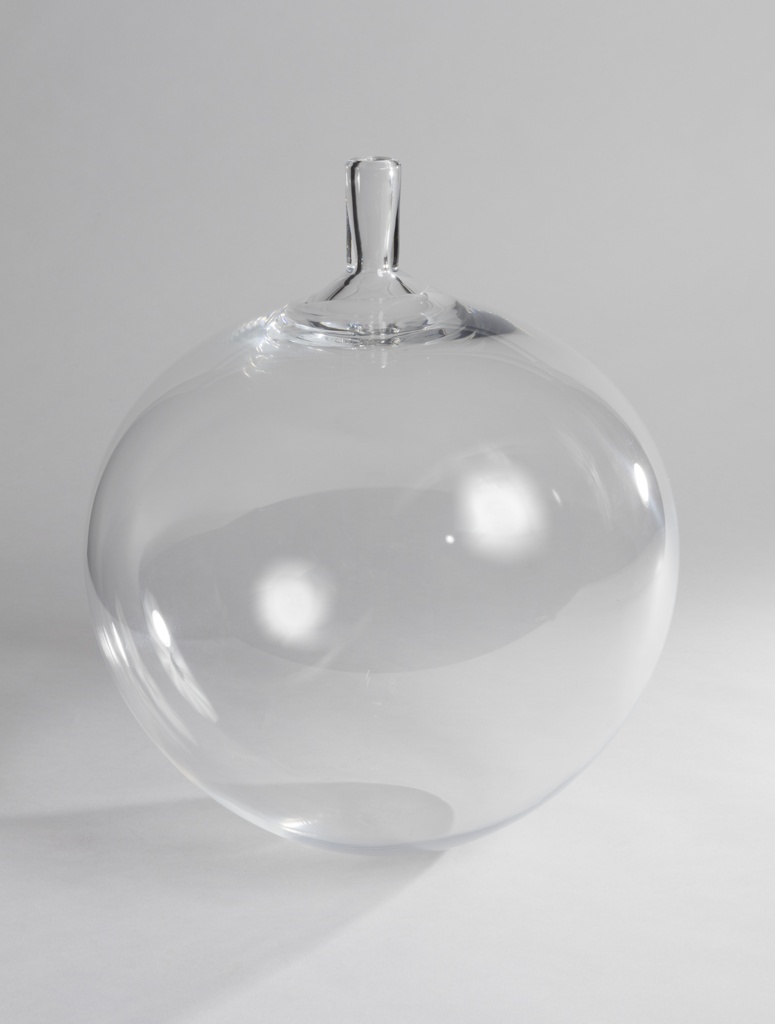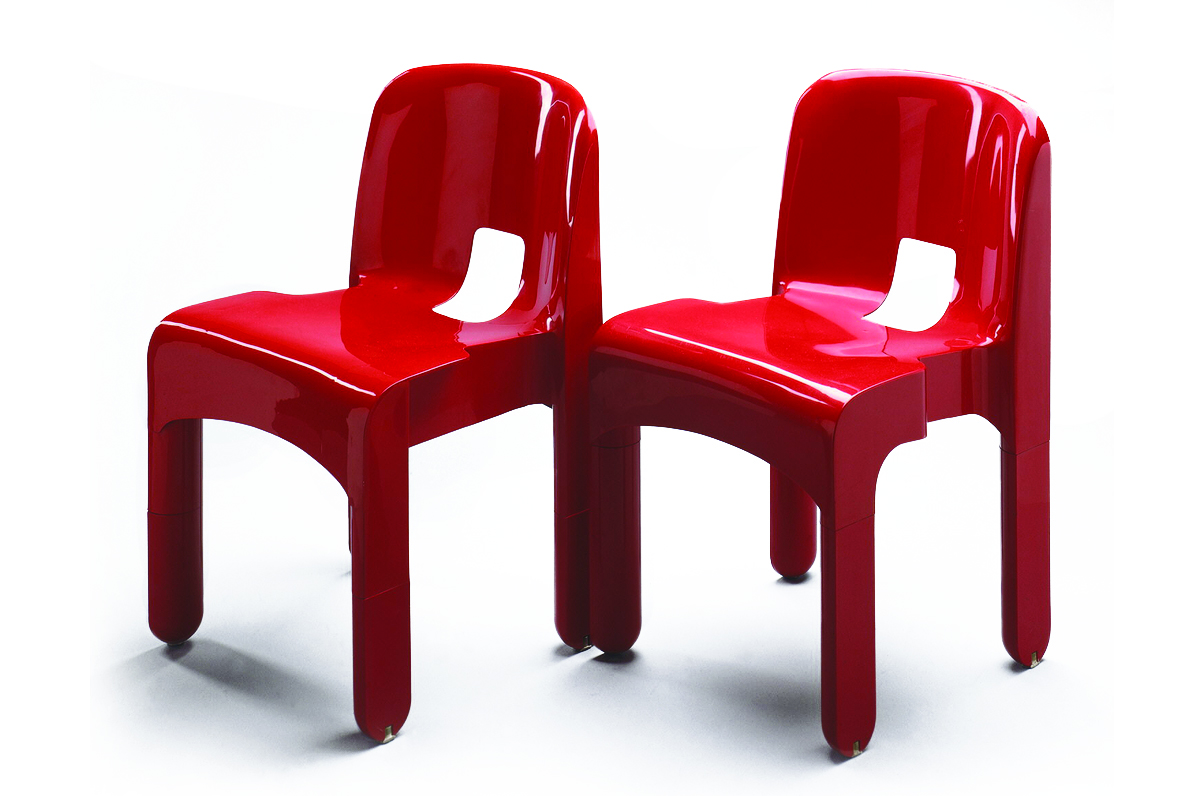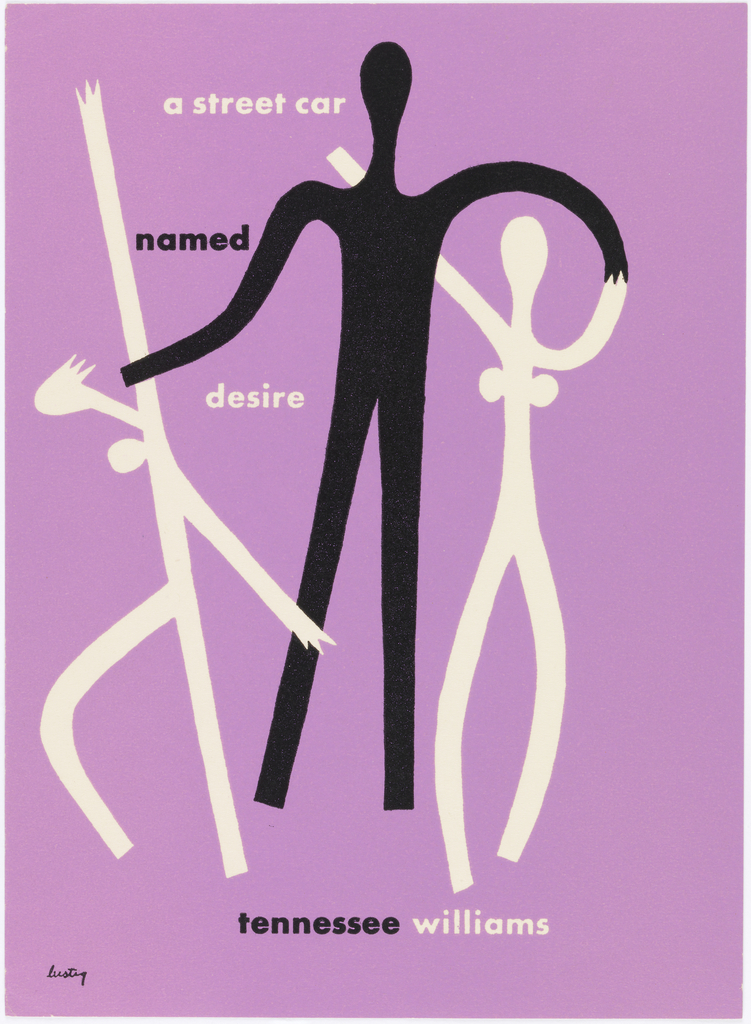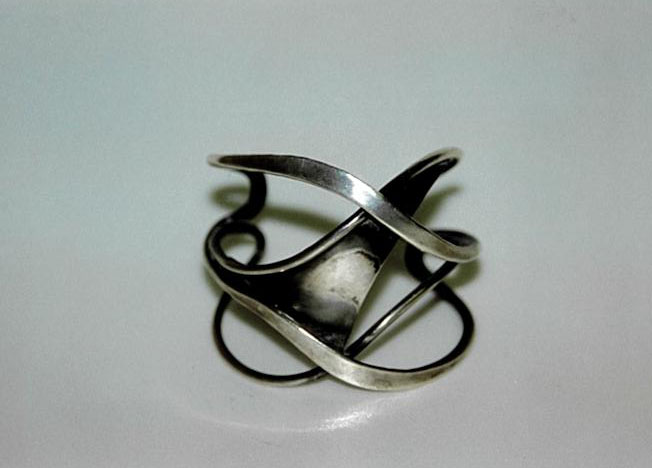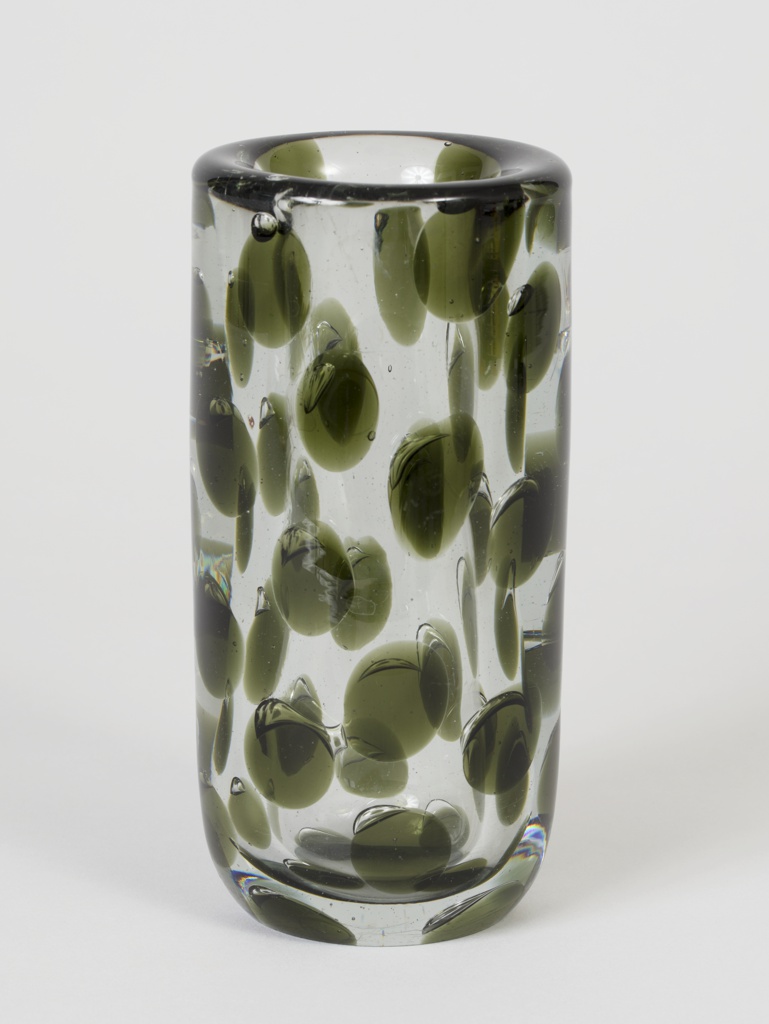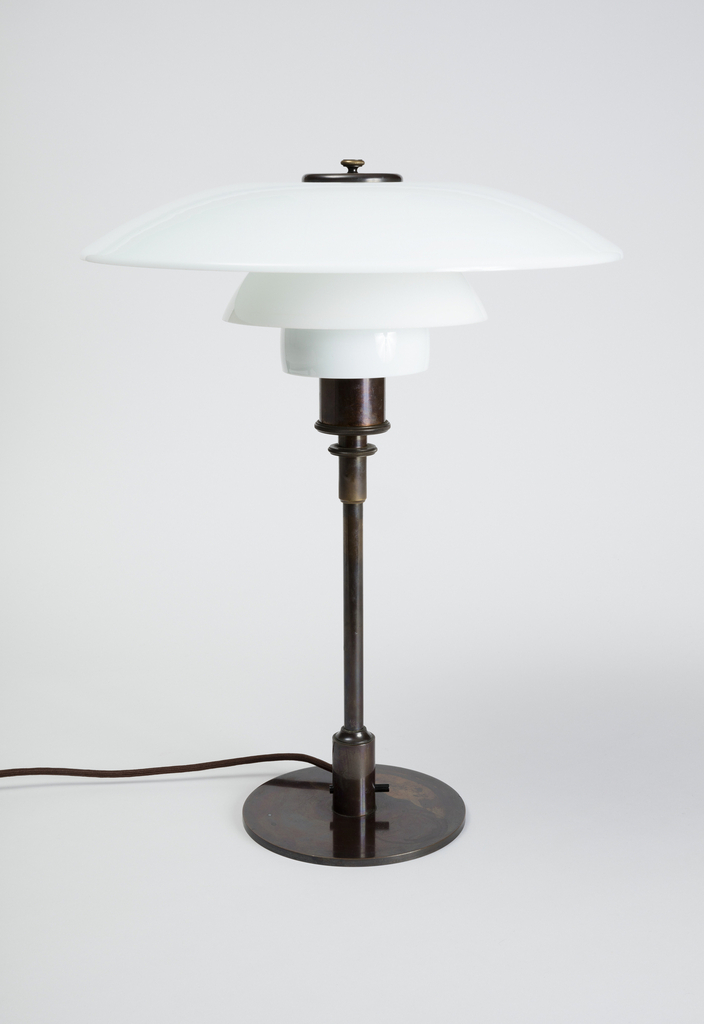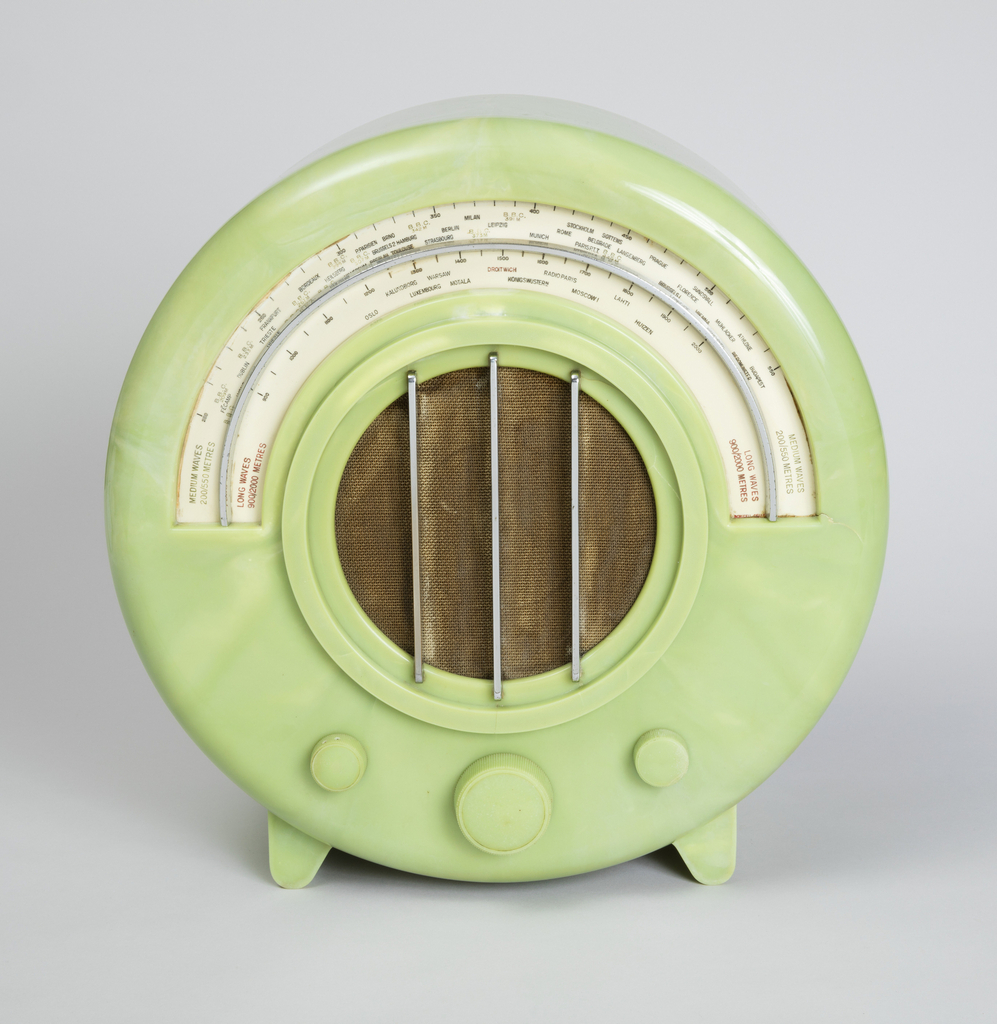A compressor rumbling. A nozzle hissing. The colorful geometric shapes decorating this otherwise straightforward dish were not painted by hand. Rather they were applied by a device novel to the world of ceramics: the airbrush. The important and prolific German designer, Martha Katzer (1897–1947), created this dish for the Karlsruhe Majolika Manufaktur (KMM) in Baden,...
Refined, rational, and demonstrably Dutch, this was the aim when Hendrik Petrus Berlage designed this chair for the Amsterdam-based firm, ‘t Binnenhuis (The Interior). This important architect and designer opened the firm in 1900 in collaboration with the insurance company director, Carel Henny, jeweler, Willem Hoeker, and interior designer, Jacob van den Bosch.[1] Motivated by...
For the nearly thirty years between 1947 and 1971, that Ingeborg Lundin designed glassware for Sweden’s Orrefors glassworks, her designs were prized for their originality, simplicity and grace. Founded in 1898, Orrefors originally manufactured bottles, window glass, and tableware. In 1914, the firm started to produce cut crystal, and by 1925 had become internationally renowned...
Design scholar Penny Sparke traces the history of plastic since the nineteenth century and through modern design of the twentieth century—and notes how the material became one of the largest challenges facing the world's environment today.
In celebration of World Pride, June Object of the Day posts highlight LGBTQ+ designers and design in the collection. Today’s blog post was originally published on May 22nd, 2016. Alvin Lustig designed numerous book covers for New Directions Publishing over the course of his prolific career, including several for Tennessee Williams’s plays. Lustig’s modernist designs,...
From the archives, an Object of the Day post on the jewelry of Art Smith, one of the designers featured in Jewelry of Ideas.
Saara Hopea (later Saara Hopea-Untracht) began her career as a furniture and lamp designer, but started designing glassware in about 1952, at a time when Finnish design was gaining prominence on the world stage for its strong attention to materials and sense of organic form in a modern idiom. Kaj Frank, Hopea’s former teacher at...
Danish architect and designer Poul Henningsen’s interest in light and lighting started at a young age when as a child in the 1900s, he observed the sharp glare from fixtures housing bare electric bulbs in his family home. Electric lighting was new, and older lighting devices, such as candlesticks or gas lamps, were being adapted...
The cost and large size of early radios made them status objects for the home. Their housings were made of wood and often imitated cabinet furniture in traditional styles. But, by the early 1930s and the rise of Modernism, sophisticated consumers began to update their interiors, and furnishings such as radios followed suit. In 1930,...
